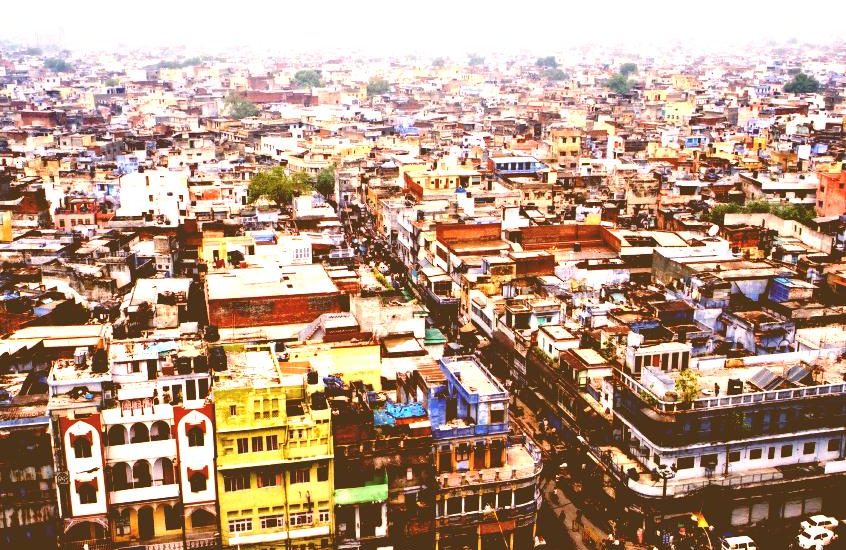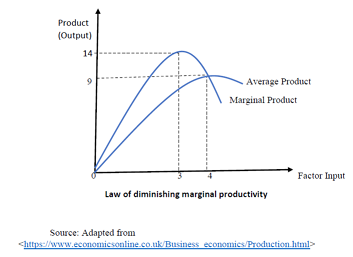- May 26, 2019
- Posted by: Arun Kumar
- Category: Featured, INDIAN ECONOMY, INFRASTRUCTURE DEVELOPMENT, Latest Work

The capital city of a nation or a state is the central place for its all economic and political activities. People of surrounding states and districts tend to migrate to the capital cities for better jobs, education, administrative works and urban facilities. The dependence on capital cities for all these works is necessary, but the overdependence on capital cities creates numerous problems, such as increasing in-migration, overpopulation, traffic congestion, pollution, water shortage and inflation. This process leads to urban agglomeration. Governments spend a considerable amount on managing the capital cities, but the increasing population burden makes such efforts lesser effective. Shifting political capital of states/provinces is proposed here to boost the economic growth and control the population burden of the older capital cities.
India’s Delhi, Mumbai and Kolkata ranks second, fifth and fourteenth in the world’s most populated cities. The other capital cities of India are also highly populated. India’s already having higher population is the first reason behind Indian capital cities having a higher population burden. The second reason is India’s persistent unemployment. Unemployment forces people to migrate to nearby big cities for jobs. The bigger the city, the more significant will be level inward migration to the city. Thus, India’s capital cities are among India’s most populated cities. India’s overdependence on capital cities has created higher divergence than convergence. It means the periphery areas (situated far from the capital city) have not received the expected benefit of the development from the core areas (the capital cities). We propose the shifting of core regions (capital cities) to other regions (in cities of periphery areas) to minimize the divergence and maximize the convergence in the Indian economy.
The existing capital cities of India have experienced better economic growth and development than other Indian cities. The current capital cities are the hub all the economic and political activities of the respective Indian states. Now, shifting of political activities or power to other cities will not affect the economic activities of the old capital cities. The increased concentration of firms, better availability of factors of production, developed infrastructure and expanded market are the reasons why existing economic activities will be unaffected by this shift. The shifting of political power (or capital cities) to newer regions will stimulate the economic activities in the newer areas, which will stimulate convergence. This convergence is necessary to bring sustainable and inclusive growth in the Indian economy.
According to Todaro and Smith (2012), convergence is essential to minimize regional inequality and poverty in an economy. Higher the convergence, higher will be the living standard of the people in an economy. However, the developed regions (capital cities) experience lower convergence than developing regions (cities of periphery areas). The factors responsible for lower convergence in developed regions are the same factors which are responsible for higher convergence in the developing regions. The factors are technology transfer and factor accumulation.
First is technology transfer. The present world liberates everyone to use the newly invented technology unless you have paid a royalty or user charge. However, still, the technology gets limited to developed regions (capital cities) for a long time and reaches to developing reasons after becoming obsolescent. The advent of computer, mobile, rapid transport and electricity are a few examples of such technology, which firstly came in cities before expanding to rural and remote areas. The trickle-down effect has although benefited the people of periphery areas for development, but such periphery areas are limited in the surroundings of the core areas. Higher the distance of periphery areas from the core area, lower will be the effects of trickle-down in periphery areas. The trickle-down theory could work better if an economy has a higher number of core areas, or it develops new core areas. In India, if the capital city of a state is changed/shifted to another city of the same state, then it will increase the level of technology transfer in the newer city. This will ease the life of people, and increase their factor productivity, which will thereby stimulate the pace of convergence.
Second is factor accumulation. The developed regions or capital cities have a higher accumulation of physical and human capital. Due to this, industrial firms and workers have already achieved a higher level of productivity. Here, the traditional neoclassical economists argue that factors of production have lower marginal productivity in highly developed regions (Todaro and Smith, 2012).

Law of diminishing marginal productivity is the reason behind this. In India, the capital cities are better developed than in other cities. Due to diminishing marginal productivity, these core areas (capital cities) have lesser scope than periphery areas (underdeveloped or developing cities) to increase the total factor productivity. Now, shifting of capital cities to other cities will not hamper the factor productivity of the individuals and firms located in the older capital cities. However, this shift will increase the total factor productivity of the newer areas. Also, the marginal productivity of the newer capital cities will be much higher than that of older capital cities.
Using technology transfer and factor accumulation, the periphery areas (shifted state capitals) will experience higher public spending in this process. Here, the money, which the state spends on its existing capital city to manage the people, could be diverted to build new state capital (in periphery areas). For example, union and state governments of India are investing in building overbridges (road and rail lines), tunnels (for rapid transport), new hospitals, and public universities in the existing capital cities. Instead of spending on an established city, the same spending or investment done on the newer city will give more significant benefit to the people. The people of periphery areas will also benefit if the new state capital is built in their area. The marginal productivity of the factors of production of newer capital cities will be higher than what it could have been in the older capital cities.
The public spending done by the Indian economy to establish new capital cities will certainly increase the per capita income of the people. The people, who were planning to migrate in old capital cities, will now earn, save and invest in the newer capital cities. This way, the initial public spending will boost private investment, where the people will find jobs in both the public and private sector. This way, the increased flow-of-income will then allow the economic agents to utilize the local resources, which were not utilized until now. This will also increase the total factor endowments of the nation. In the newer capital cities, the government could minimize the operational cost of functioning the cities by developing them in a planned manner.
Similar kind of initiative has been taken by the newly elected President of Indonesia. He aims to shift the country capital to somewhere else from Jakarta. It will cost $33 billion money, and ten years to accomplish this aim. He argues that it will reduce the population burden of the existing capital, increase total employment and create new economic hubs in the newer capital city. For India, shifting of capital cities is a challenging task. However, the objective of increasing convergence in India could also be achieved through the Smart Cities Mission of the Government of India. Although the Smart Cities Mission does not aim to shift the political power to another city, it could create new economic hubs in other developing cities of periphery areas. This proposed economic activity will increase inclusive and sustainable growth in the economy by maximizing convergence over divergence.
